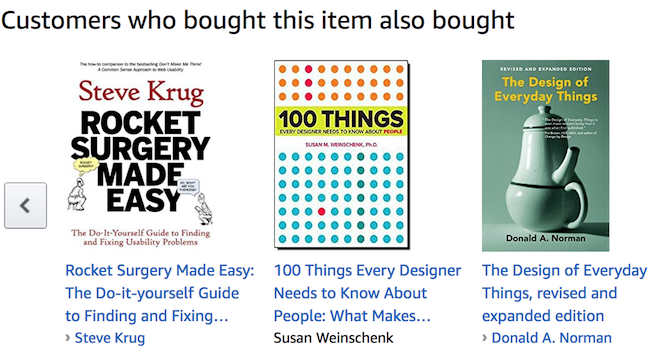Inspired by a fantastic talk given by Hannah Barton at the recent Conflux, I decided to dive a bit deeper into the subject of cyberpsychology and how it affects the experiences we create for our users.
Cyberpsychology is the study of the human mind and behaviour in the context of human-technology interaction. It examines the online world and its impact on human behaviour. (Source)
As a dedicated and only recently formed area of psychology research, cyberpsychology has separated itself from other human behavioural research disciplines such as social psychology and web psychology.
Understanding the research emerging from this new field can help designers to make more accurate predictions about how humans will respond when working with different technologies.
Cyberpsychology is therefore an incredibly helpful asset when considering how users can come to love the products we build. By having a greater understanding of how users interact with technologies - what emotions they express and what frustrations they encounter as a whole - we can feed our understanding directly into building better user experiences.
For a long time, Maslow’s hierarchy of needs has been the poster child of human motivation theory - but the hierarchy of needs has its failings. For one, it describes only how people prioritise their actions, but doesn’t account for the vigor, excitement and energy those people apply to that activity.
Self determination theory attempts to bridge this gap, breaking motivation down not according to the user’s priorities, but by the underlying triggers that result in increased user engagement in the first place.
Self determination theory concerns itself with human motivation, personality, and optimal functioning. Rather than just the amount of motivation, self-determination theory focuses on different types of motivation. (Source)
Self determination theory looks at the principal factors that drive human motivation. By designing experiences that align with a user’s need for self determination, we can create products that are more intrinsically motivating for users to use.
These three factors are relatedness, competence and autonomy.

Humans have a deep need to feel close, affectionate relationships with others and maintain distinct social groupings to this effect. We interact with these groups every day - they are our partners, family and friends.
We also have an innate need to feel related to something bigger than ourselves - often expressed through our adherence to various religions, nationalism, company visions and other missions or purposes.
This human need can also apply to products, where users can be brand advocates, early adopters, members of your tribe etc. Once a user is engaged with your brand, their loyalty will remain strong until you give them a very significant reason to change.
These users will also instinctively becomes champions of your carefully communicated vision to others.
Examples

We humans also have a deep seated need to continuously improve ourselves, mastering new skills as we progress through life. We seek challenges we feel we can succeed at - and, notably - we don’t start things we consider ourselves incapable of succeeding at.
As the new skills we learn become routine, we start to get bored with them too. What was once exciting becomes both unrewarding and unchallenging at the same time.

Gamification, reward systems and progress meters are some of the staple tools designers use to create users a sense of progress and self-improvement particularly during the onboarding of new users (note by way of comparison how gamification doesn’t really have a home in Maslow’s Hierarchy).
Examples
The final motivator for human activity is a sense of autonomy - that amazing feeling of empowerment and control over the environment which you are in. It provides to a sense of freedom and choice in how you live your life, allowing you to get excited about your own choices and not just the choices of others.

Connecting your product to positive experiences around choice and empowering your users to achieve great things is the key to autonomy.
Examples
Autonomy, competence and relatedness are not a hierarchy - they are a series of connected factors that together create the motivation for people to act, engage with your designs and communicate their joy in using your product to other users.
Motivators can and do come into conflict, but solutions that trigger two or all three motivators will win out.
For example, when dealing with a customer support issue, belittling and undermining your users will reflect badly on your customer experience even if the end result is a more educated user whose issue is successfully resolved.
Better to combine relatedness (“We’re on the same team fixing this problem”), competence (“Are you ok to take it from here?”) and autonomy (“Here’s our searchable guide to help find the answers yourself”).